When technology penetrates every educational activity
In the past, students respected their teachers and considered them symbols of knowledge and morality. Nowadays, teachers and students take selfies and share photos on social networks. Teachers' lives have become more "transparent" as students can follow, comment and better understand their teachers' daily lives through technology.
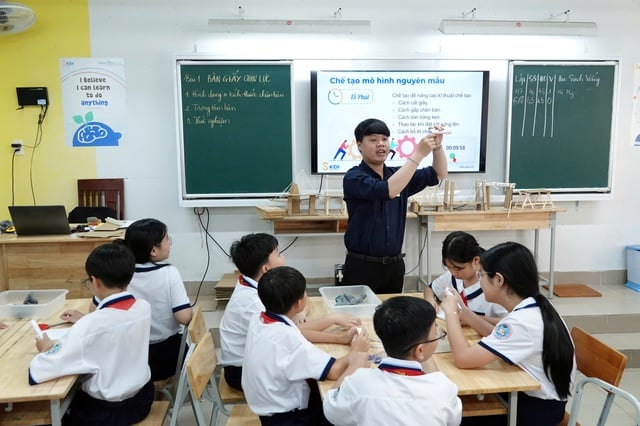
If AI is modern in information and application, then the teacher is the true inspirational speaker through each lesson.
PHOTO: DAO NGOC THACH
We are living in the digital age - where knowledge is shared with just one touch, where technology opens the door to borderless connections. Thanks to technology, today's students can study anytime, anywhere, access global knowledge sources, develop creative thinking and confidently integrate internationally. Online classes, e-lectures, open learning materials and artificial intelligence (AI) are becoming powerful support tools for modern education.
However, along with opportunities, there are also concerns and worries. Teachers no longer have the "monopoly" on imparting knowledge. With just a few searches, students can access the vast store of human knowledge. Blackboards and chalk are gradually being replaced by interactive screens, digital lectures and online classrooms. When technology takes over and robots can teach, will the feelings of sharing and attachment between teachers and students - which are the core values of education - fade or be replaced?
Technology can make the classroom smarter, but it is the teacher who brings warmth and life to each page of the lesson plan, thereby sowing the seeds of knowledge, nurturing the soul and helping the next generation grow up and become good people.
In reality, technology can change the way of teaching and learning, but it cannot change the nature of the teaching profession - a profession of emotion, love and responsibility. If AI is modern in information and application, then the teacher is the speaker who truly inspires through each lesson. Robots can write on the board, can teach accurately, but cannot convey emotions, passion and compassion. Students can love a subject not only because of the interesting content, but because they love the teacher - admiring his talent, virtue and inspirational teaching style, and the quiet devotion behind each lesson.
AI can quickly grade and accurately differentiate students' abilities, but AI does not know how to smile and encourage students when they do the right thing, does not know how to encourage students when they try hard, or quietly comfort them when they stumble. Only teachers - with their understanding of psychology, tolerance and educational experience - can recognize the anxious eyes of students, know when to be strict, when to be gentle, when to open their arms to create opportunities for students to correct their mistakes. With perseverance, ingenuity and sincere feelings, teachers can turn a difficult student into a good student, a weak student into an improved student - something that no machine can do.
The fusion of compassionate heart and technological intelligence
In the context of the 4.0 education is changing strongly, AI becomes a powerful companion of both teachers and students. Teachers cannot stand aside, but need to proactively approach and master technology. A smart teacher is someone who knows how to accompany technology, turning it into a means to make lectures more lively, attractive and stimulate creative thinking for students.

Technology can change the form of teaching and learning, but it cannot change the nature of the teaching profession - a profession of emotion, love and responsibility.
PHOTO: DAO NGOC THACH
In chemistry, for example, AI has completely changed the face of lectures. Teachers can design lessons that go beyond the limits of the blackboard and the laboratory. Virtual experiments and vivid 3D simulations allow students to observe reactions, molecular structures or the formation of chemical bonds right on the screen, helping them understand the nature of phenomena in depth. The combination of AI and simulation software brings remarkable results - turning abstract concepts such as atomic models into intuitive, vivid and easy-to-understand experiences.
Teachers also take advantage of tools like ChatGPT to explain lesson content in detail, stimulate critical thinking and support students in self-study; at the same time, apply platforms like Kahoot and Quizizz to create a lively classroom, quick feedback and accurately assess each student's ability. AI does not just stop at providing information, but is gradually becoming a "career assistant", helping students discover their strengths, interests and future career orientation.
However, AI is just a means - humans are the center. By combining machines, hearts and minds, teachers will turn technology into an extension to touch students' emotions. AI can help choose a career based on data, but only teachers can help students choose a path based on passion, personality and ideals in life.
Technology can make the classroom smarter, but it is the teacher who brings warmth and life to each page of the lesson plan, thereby sowing the seeds of knowledge, nurturing the soul and helping the next generation grow up and become human. Technology can be the wings that help students fly far, but the teacher is the endless source of inspiration, the wind that lifts young dreams high in the sky of kindness. Because without teachers, students will have no spiritual support; without a heart that is tolerant enough for their foolishness, it will be difficult for them to mature and become good citizens, useful to society.
What comes from the heart will touch the heart. When a teacher has a sincere love for the profession, combined with digital skills and modern digital thinking, the flame of enthusiasm in the educational journey will be lit more strongly than ever. It is the combination of a compassionate heart and technological intelligence that will help students develop comprehensively in terms of capacity, quality and courage, ready to become global citizens in the integration era.
Source: https://thanhnien.vn/cong-nghe-la-doi-canh-thay-la-ngon-gio-nang-uoc-mo-hoc-sinh-bay-cao-185251113170852335.htm










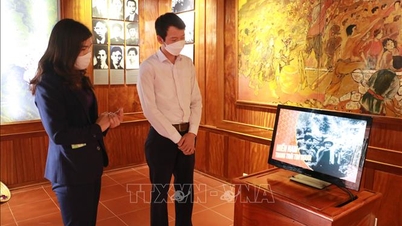

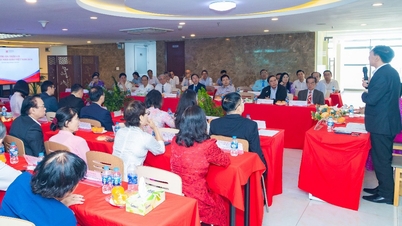

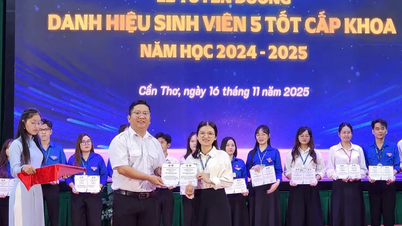


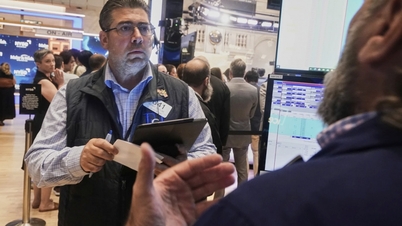

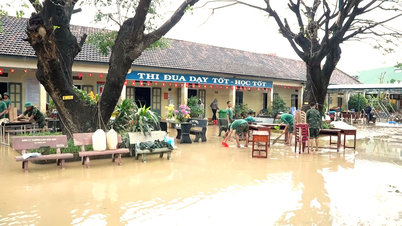



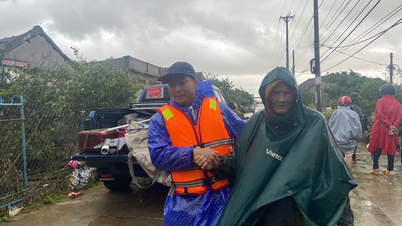
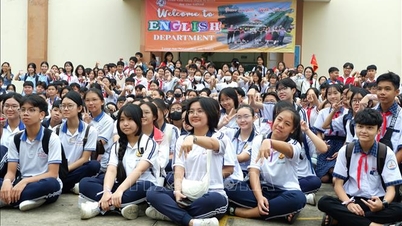

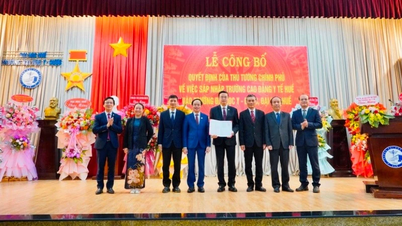

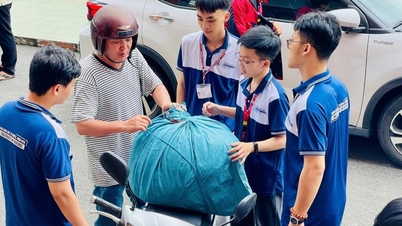





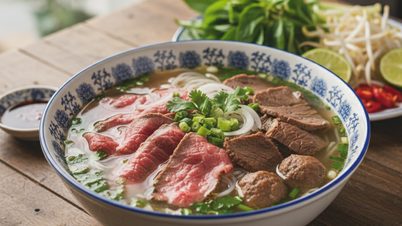


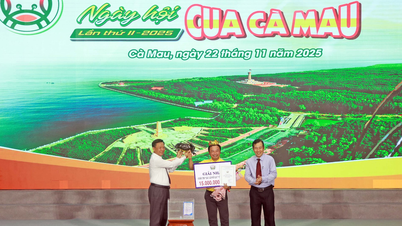

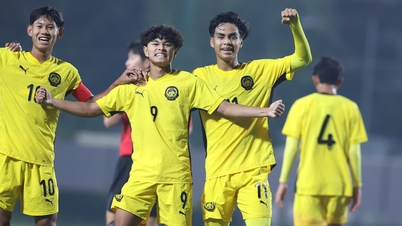







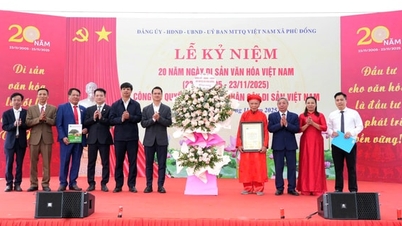







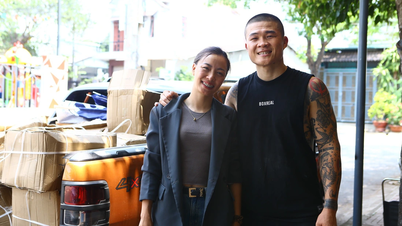

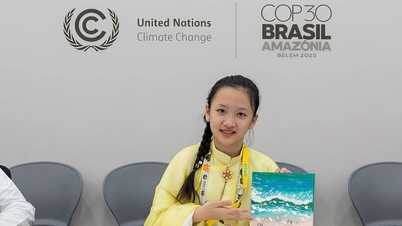
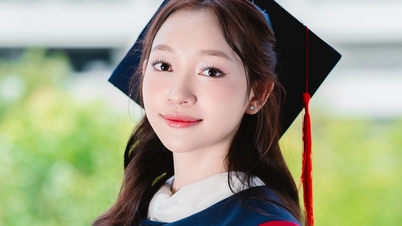

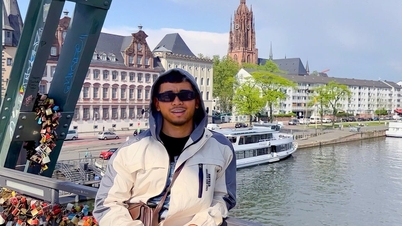















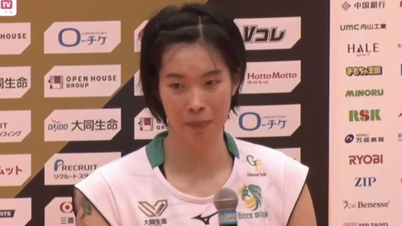
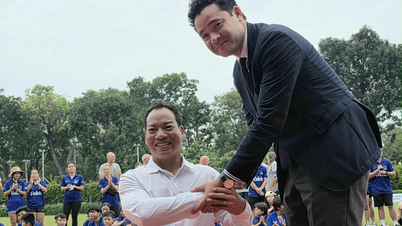





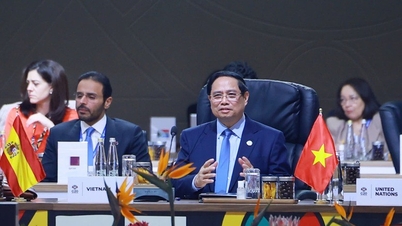








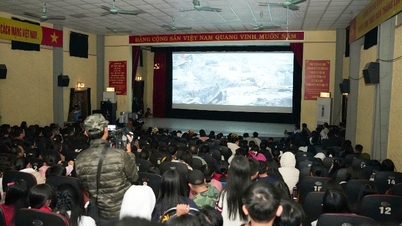






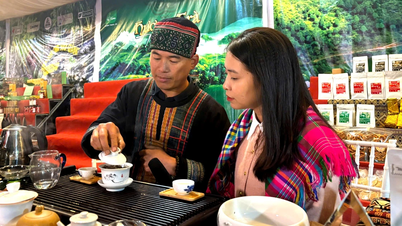














Comment (0)